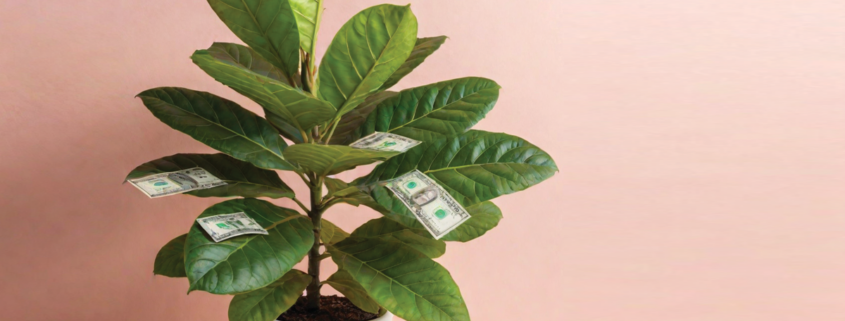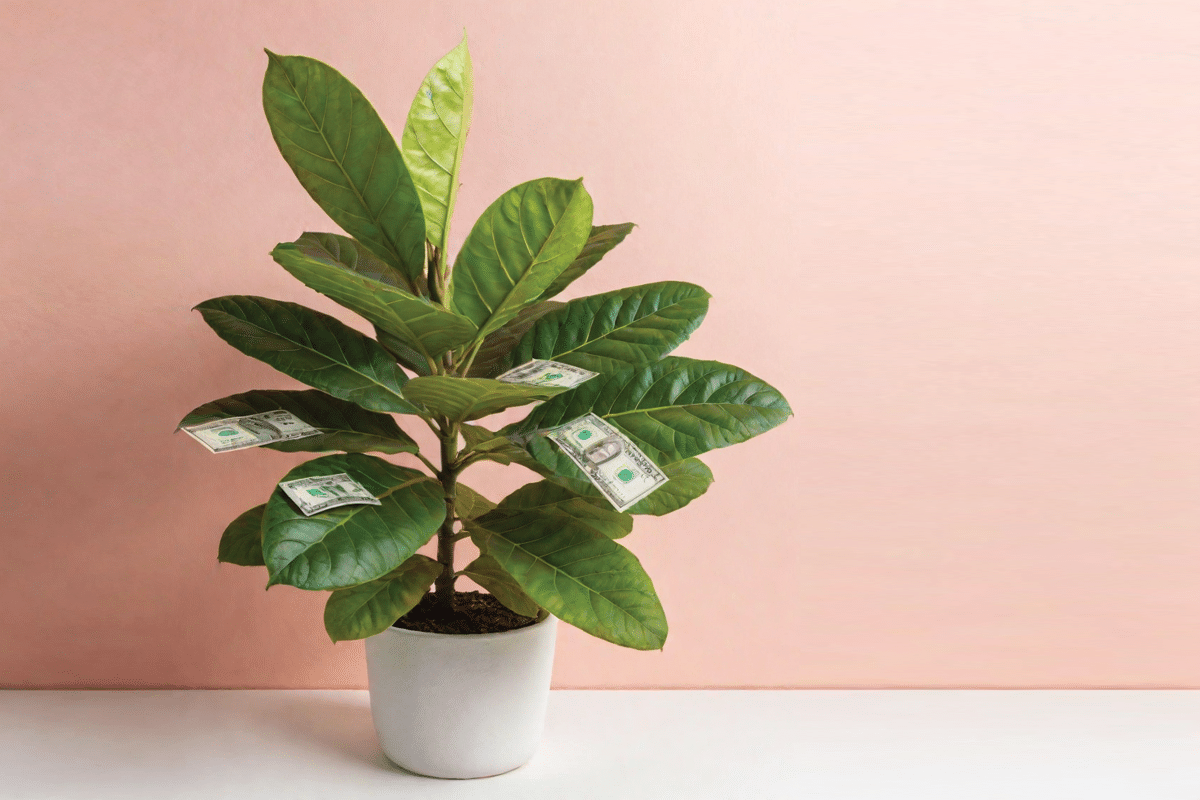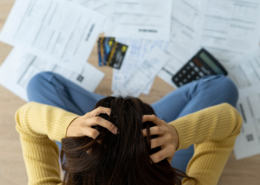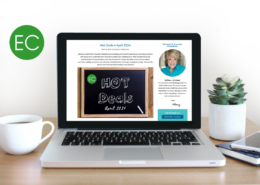The Ultimate High-Yield, Guaranteed, Risk-Free Investment
Amidst the allure of traditional investment avenues like stocks and mutual funds, there’s an often-overlooked strategy that offers guaranteed returns and minimal risk—investing in your own debt. While it may seem unconventional at first glance, the benefits of this approach are undeniable.
From time to time, this kind of question pops up in my inbox: How can I get started in low-risk investments like stocks and mutual funds that are high-yield with guaranteed high rates of return?
Of course, that makes me laugh hysterically, not only because there is no such thing as a risk-free investment, let alone one with a guaranteed high rate of return, but more because someone thinks I am an investment advisor. I am not qualified nor licensed to advise anyone on traditional Wall Street stock market investing. But that’s not to say I don’t have some advice for them.
My investment advice is unconventional, perhaps, but it makes so much sense that I think you’ll be amazed. When looking at investments, many people disregard one of the best and easiest places to invest their money—their own debt.
First, let’s agree that the reason people want to invest is to increase their net worth by making their money grow. There are two ways to do that. 1) You can increase your assets or 2) decrease your liabilities.
If you have debt, your Net Worth will increase at the very same rate if you increase your assets or decrease your liabilities. Here’s an example: Let’s say you receive a $1,000 bonus with which you buy shares in a mutual fund. At the moment of purchase, your net worth increases by $1,000. If, instead, you repay $1,000 of debt, your net worth still increases by $1,000.
It’s Risk-Free
Investing in your debt is a risk-free investment. Using the example above, let’s say you bought ABC stock instead of paying off $1,000 of debt. Next month, the stock value drops by 50%. Now, your stock is worth $500.
On the other hand, if you pay off debt with that $1,000 and ABC stock tanks, it does not affect your net worth at all. That $1,000 “investment” in your debt increased your net worth without any risk.
Guaranteed Rate of Return
Investing in your debt pays you interest equal to the amount you were paying on the debt. Really! Let me show you exactly how this risk-free investment strategy works.
Go back to the $1,000 debt you paid off in the previous example. Let’s say that was a credit card balance of $1,000 at 18% interest. Because you were making only minimum monthly payments, you were paying $15 in interest each month or $180 annually ($1,000 x 0.18 = $180).
Once you invest $1,000 in that debt by paying it to $0, you get to keep that $15 in your pocket each month going forward. That is your guaranteed 18% return on the $1,000 you invested in your debt. That kind of return on investment is unheard of these days!
- MORE: Yes, You Can Save Money!
No Minimum
If you have an extra dollar, you can invest it in your debt. In fact, you can invest any amount at any time until you have no debt remaining to be invested in! That would not be true of investing in the traditional stock market. It’s not unusual for a mutual fund or brokerage firm to require an initial purchase of or deposit to one’s brokerage account of $1,000 or more.
If you have any money to invest, it makes so much sense to invest it in your debt—especially if you are carrying unsecured debt like credit card accounts or student debt—until it is gone! Then what? Should you invest in your secured debts, i.e., your mortgage or other collateralized loans? That’s a question only you can answer.
Investing in your mortgage is a conservative approach, but every benefit of investing in your unsecured debt holds true for your mortgage. Every dollar you invest in your mortgage puts you that much closer to owning your home free and clear. Once paid, it’s yours, no matter what happens to the economy or the stock market! Do you see how this is truly a risk-free investment?
Out of Debt
As you may know, if you are a faithful reader, I come from a pretty dark financial past. It’s not something I’m proud of, but during the early years of my marriage, I ran up an insane amount of unsecured debt. I got hooked on credit cards. The thrill of buy-now-pay-later nearly destroyed my life and that of my family.
How did I ever repay the more than $100,000 I ran up in credit card debt? Exactly the same way I created it—five and ten dollars at a time. It took me 12 years to create the mess and 13 years to pay every nickle of principal, interest, fees, and penalties. But we did it!
We “invested” every dollar we could find from working every job that would have me until that monster evaporated in a big fat zero balance! And then we used that same principle to slay our monster mortgage.
Our “investments” paid off in spades. We own our house free and clear and live completely debt-free—free to invest in a more traditional way. What freedom! Perhaps even more amazing is that from the ashes of my life, came a new career.
It has been my privilege over the last 32 years to lead untold thousands of people out of debt and straight into the joy of living below their means ,by inspiring them to save time and money every day!
I would be honored if you were to read Debt-Proof Living or any of my other books. You can find them here.
EverydayCheapskate™ is reader-supported. We participate in the Amazon Services LLC Associates Program and other affiliate advertising programs, designed to provide a means for us to earn from qualifying purchases, at no cost to you.
More from Everyday Cheapskate
Please keep your comments positive, encouraging, helpful, brief,
and on-topic in keeping with EC Commenting Guidelines
Last update on 2024-04-19 / Affiliate links / Images from Amazon Product Advertising API



















My son has joined Robinhood and Acorns. Apps a friend told him about. I’m not completely clear on how these apps are used to invest. What do you think? Thank you
Pay off your debt first, then start investing. I recommend investing in the Dow Jones Industrials’ 30 stocks. They’re diversified among many industries, and they’re the market leaders. Occasionally, as things change, some of them are dropped, and replaced by other stocks. Over time, all of the original Dow 12 companies have gone out of business, or have been replaced with other stocks. Therefore, the Dow 30 stays current.
There are a number of “index funds” that invest in all 30 Dow stocks, in the same percentages that make up the Dow. You can just invest in that one fund, instead of buying individual stocks. (Do an internet search.) Of course, it’s not risk free, sometimes it goes down A LOT, but over time, it has always come back, higher than ever.
Also do an internet search for “dollar cost averaging”.
And if you have no debt, widows and orphans stocks are a great place to buy. Utility stocks have gained, very rarely gone down, and, over the years, have been a great investment. Buy what you use and electricity is a good place to start. Some companies, D for example, have a purchase plan where, as long as one has an electric account, you may buy stock portions. Start with a small amount, $25/month, then buy more as you’re able.
I too have learned things from Mary, but I wondered if you have advise on cozy flannel sheets
Thank you
Over the years I’ve learned many things from Mary, but I count this advice to be the most valuable. When you consider the usurious rates of interest charged by most credit cards, paying down our debt makes more sense than any other way we could invest.
You are so right … and you are a good student!